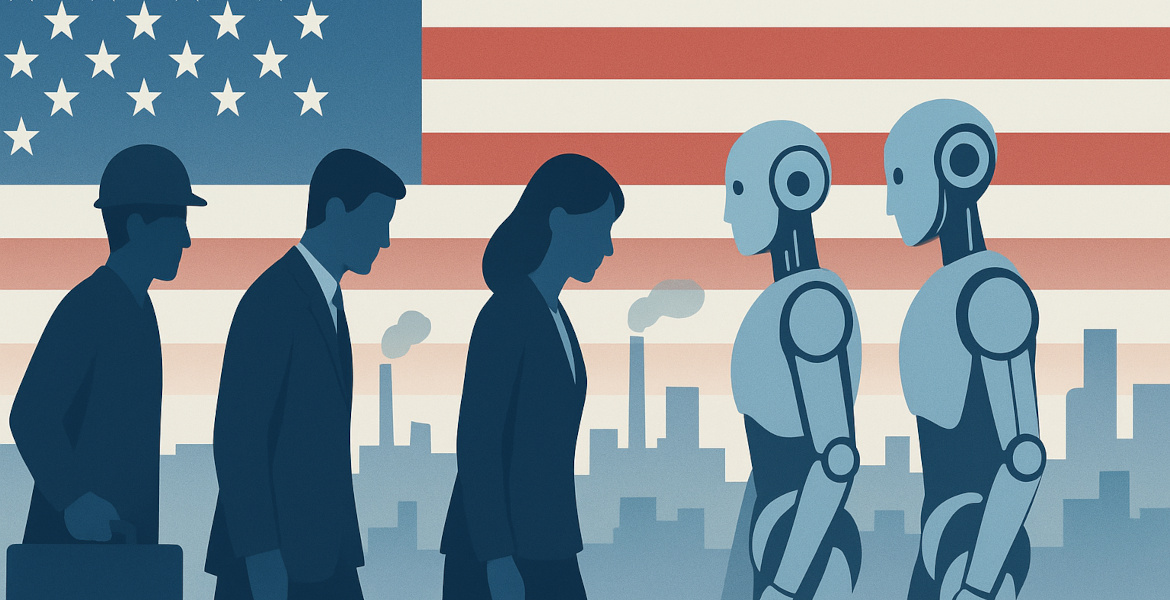The Chinese government has presented an ambitious ten-year plan where artificial intelligence will permeate all sectors of society by 2035 and become the "main engine for economic growth".
China's State Council has published a comprehensive plan aimed at making the country the world's first fully AI-driven economy within eleven years. According to the government document presented at the end of August, artificial intelligence will have transformed Chinese society by 2035 and become the foundation for what is described as "a new phase of development in intelligent economy and intelligent society".
The plan, which spans ten years, encompasses six central societal sectors that will be permeated by AI technology by 2027. These include science and technology, citizen welfare, industrial development, consumer goods, governance, and international relations.
The goal: 90 percent usage by 2030
According to the timeline, AI technology should reach a 90 percent usage rate by 2030 and practically become a new type of infrastructure. At this point, the technology is expected to have developed into a "significant growth engine for China's economy".
The strategy resembles the country's previous "internet plus" initiative, which successfully integrated the internet as a central component in the Chinese economy.
By 2035, AI should according to the plan have "completely reworked Chinese society" and implemented a new phase of economic and social production. This is an ambitious goal with significant consequences, not only for the People's Republic but for the entire world.
International cooperation in focus
The State Council emphasizes that AI should be treated as an "international public good that benefits humanity". The plan highlights the importance of developing open source AI, supporting developing countries in building their own technology sectors, and the UN's role as a leader in AI regulation.
Although China's AI industry is growing rapidly, as exemplified by the open AI platform DeepSeek's successes earlier this year, Chinese models still lag several months behind their American counterparts in terms of average performance. This is largely due to restrictions and barriers that Western countries have imposed.
However, the gap is steadily narrowing. At the end of 2023, American AI models performed better than Chinese ones in 13 percent of general reasoning tests. By the same time in 2024, this figure had dropped to 8.1 percent. In certain AI applications, China is already a world leader and has invested heavily in offering its services at low prices and in many cases completely free as open source.
The State Council's ten-year plan aims to further reduce the lead by strengthening key areas such as fundamental model performance, security measures, data access, and energy management.
Whether Beijing can deliver on its massive goals with the help of sometimes unreliable technology remains to be seen. However, if other nationally coordinated plans are any indication, the country may face a comprehensive transformation.




